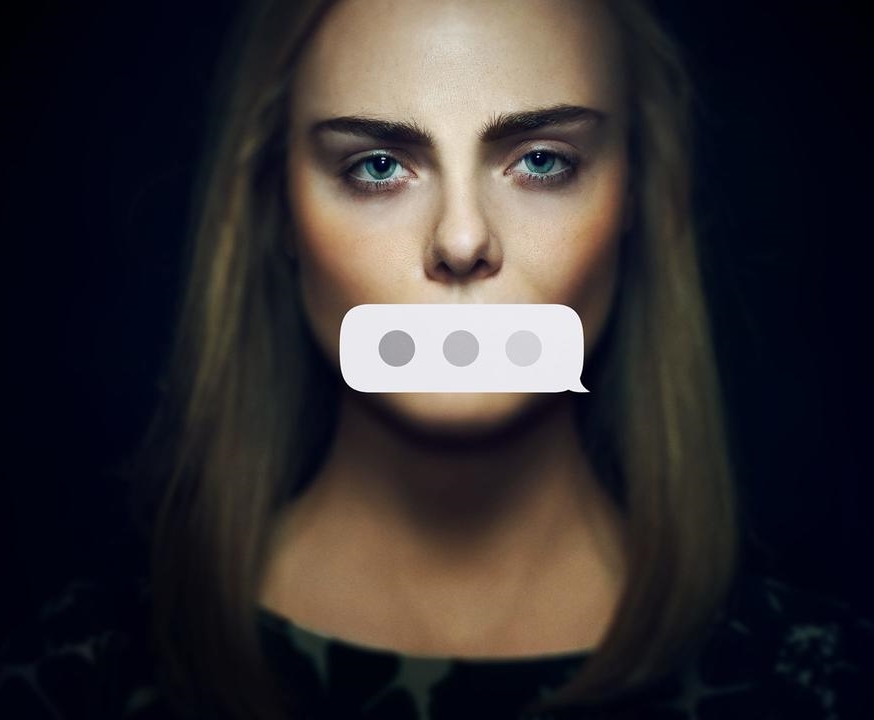“The Girl From Plainville” and the Ugly Truth
Elle Fanning plays Michelle Carter in Hulu’s “The Girl From Plainville,” a series about Carter’s role in influencing her boyfriend’s suicide.
TRIGGER WARNING: MENTIONS OF SUICIDE AND MENTAL HEALTH DISORDERS
In today’s sensationalist society, “true crime” has lost its head.
Its definition has stretched from documentaries and nonfiction podcasts to cover any and every crime-based publication “based on true events,” no matter how loose that connection may be.
Worse, this accompanies a sharp increase in the romanticization of horrific experiences and perpetrators onscreen. Even real-time cases take on another life through the lens of social media and live streaming– just look at the Depp v. Heard defamation trial.
At first glance, Hulu’s “The Girl From Plainville” seems like just another attempt to wring dollar bills out of tragedy. Much like Netflix’s 2017 (fictional) book-based “Thirteen Reasons Why,” the show focuses on a suicidal teenager and their path to a despondent end. However, this is where the similarities end.
“The Girl From Plainville” is based on the events surrounding the Commonwealth v. Carter case, wherein Michelle Carter was found guilty of involuntary manslaughter for influencing her boyfriend’s, Conrad Roy III, 2014 suicide. The verdict was mainly based on thousands of text messages between the pair documenting their two year relationship, including Carter’s encouragement of Roy’s suicidal intentions. Roy was 18 at the time of his death while Carter was 17.
From its most basic premise, “The Girl From Plainville” holds an immense amount of risk. The issue itself is incredibly complicated, and both teens’ stories involve complex mental health struggles. Roy had attempted to take his own life once before, and suffered from depression and social anxiety long before he met Carter. Carter herself has struggled with anorexia since the age of 12. In addition, the pair only met in person a couple of times and Carter was not present the night of Roy’s death. However, she reports having been on the phone with him while he sat in his truck intending to poison himself with carbon monoxide. When he left the vehicle and confessed to Carter that he was scared, she reportedly told him to “get back in.” And Roy did.
Regardless of your views on assisted suicide, the ethics of this case are a mess of allegations and foggy motivations. This complexity should have been the series’ downfall; in actuality, it seems to be its saving grace.
“The Girl From Plainville” largely steers away from a single narrative, both in the information it presents and its cinematic composition. The show constantly switches between years and perspectives, at one moment following Carter in the initial days following the suicide and the next following Roy’s complicated relationship with his father. It is immensely difficult to get an accurate reading on either character, but especially Carter; in a deft display of versatility, Elle Fanning portrays the conflicting sides of the young woman to chilling perfection. Perhaps this is the series’ way of not taking sides in the case; while the plot is impressively attentive to the known facts, it is always difficult not to present a figure in a definitive light. This way, viewers are constantly left wondering what is truly going on inside Carter’s head.
Of course, a certain amount of interpretation of “the facts” is constantly necessary. The bulk of the material for the case came from text message exchanges between Carter and Roy. The show chooses to represent these conversations as face-to-face, albeit following certain rules: Carter and Roy never touch in these scenes, and it is always made clear that they are not actually speaking to one another in person. This gives the actors a bit of room to provide context for their “characters” through body language and tone that obviously do not come through over texts. The resulting tension and vehemence of these scenes lend an unnerving intensity to what used to be words on a screen, emphasizing the intimacy Carter and Roy developed so rapidly. Everything about this story is a bit off-kilter, and the creative team certainly succeeded in translating that tone to the screen.
Colton Ryan’s performance as the emotionally ragged and sometimes belligerent Conrad Roy is the other make-or-break aspect of the series. Far from romanticizing the teenager, “The Girl From Plainville” does not shy away from exposing his vulnerable moments any more than they do Carter’s. Although it is clear that Roy is far from a villain, he is also not a hapless victim to Carter’s cruel manipulations; nor is he a tragic Shakespearian figure. For better or worse, the destructive chemistry Ryan and Fanning portray on screen tells all gritty, painful sides of the story, warts and all.
You can stream “The Girl From Plainville” on Hulu now; new episodes premiere every Tuesday. If you or a loved one are experiencing suicidal thoughts, know that help is always available, at any hour on any day. Call the National Suicide Prevention Hotline at 800-273-8255 for support.







